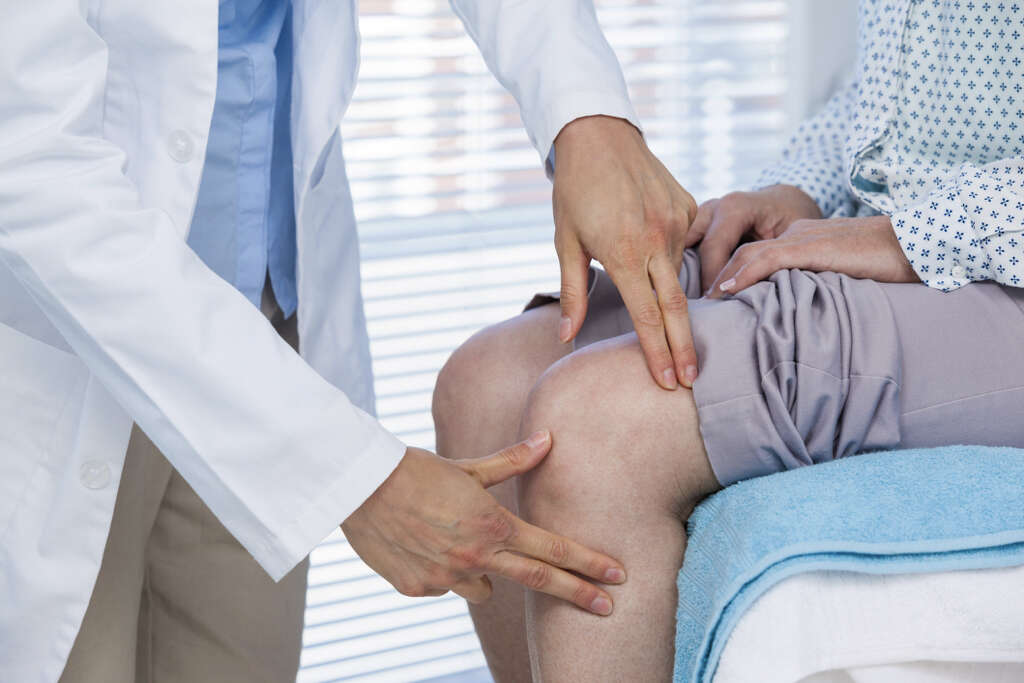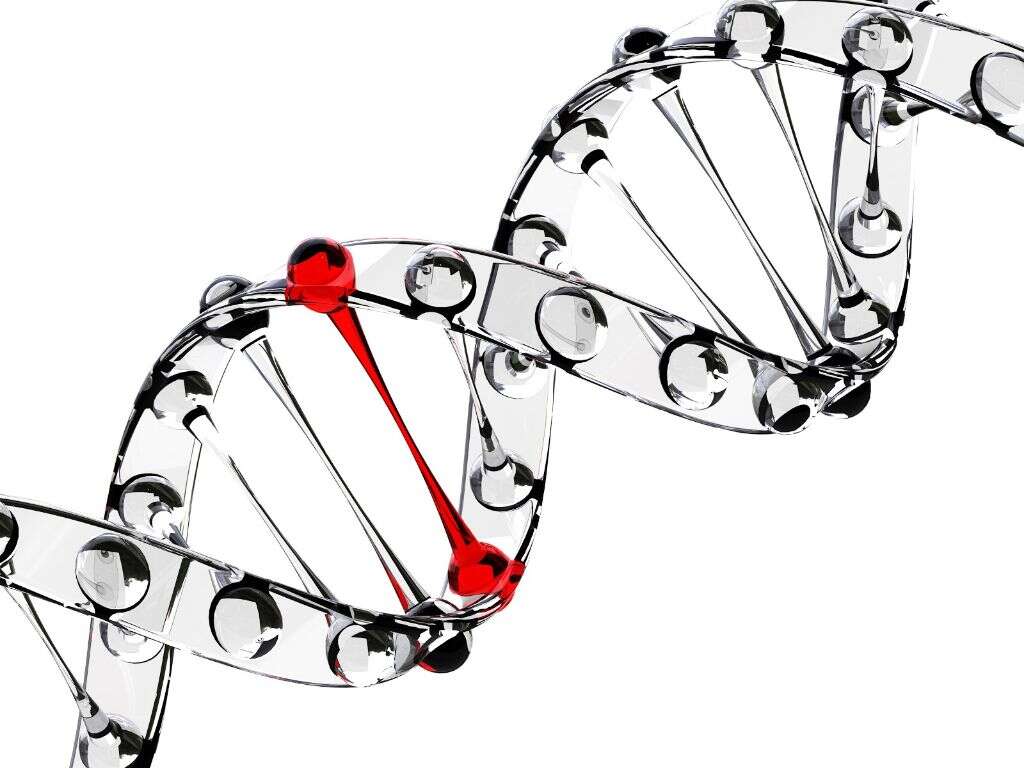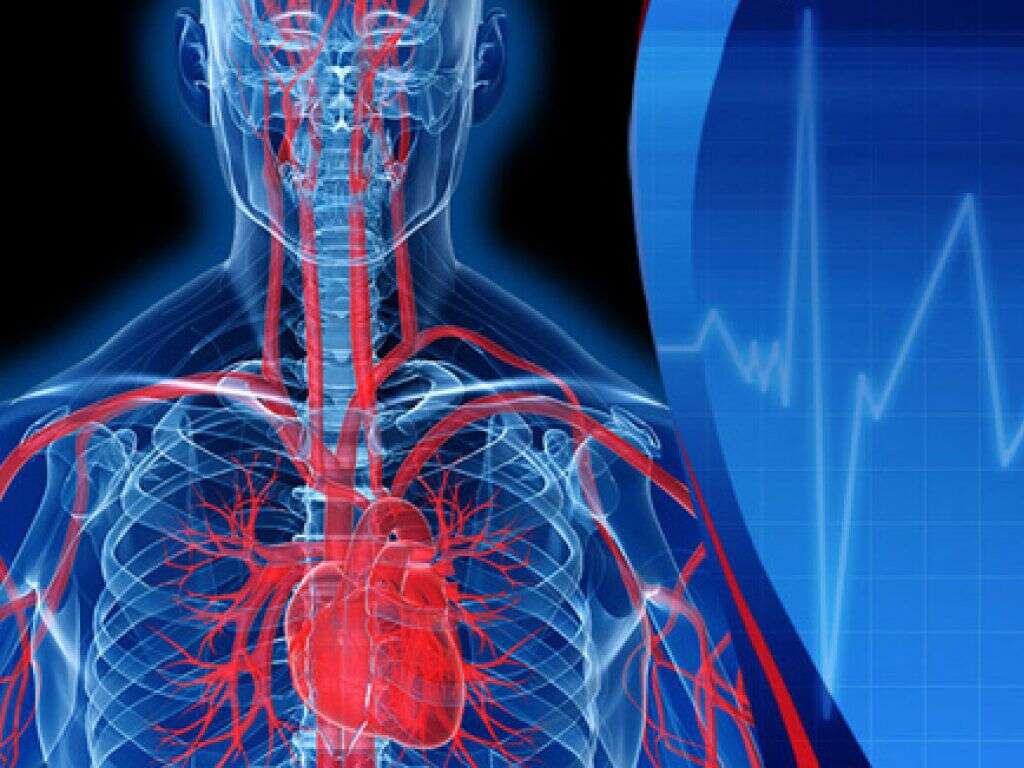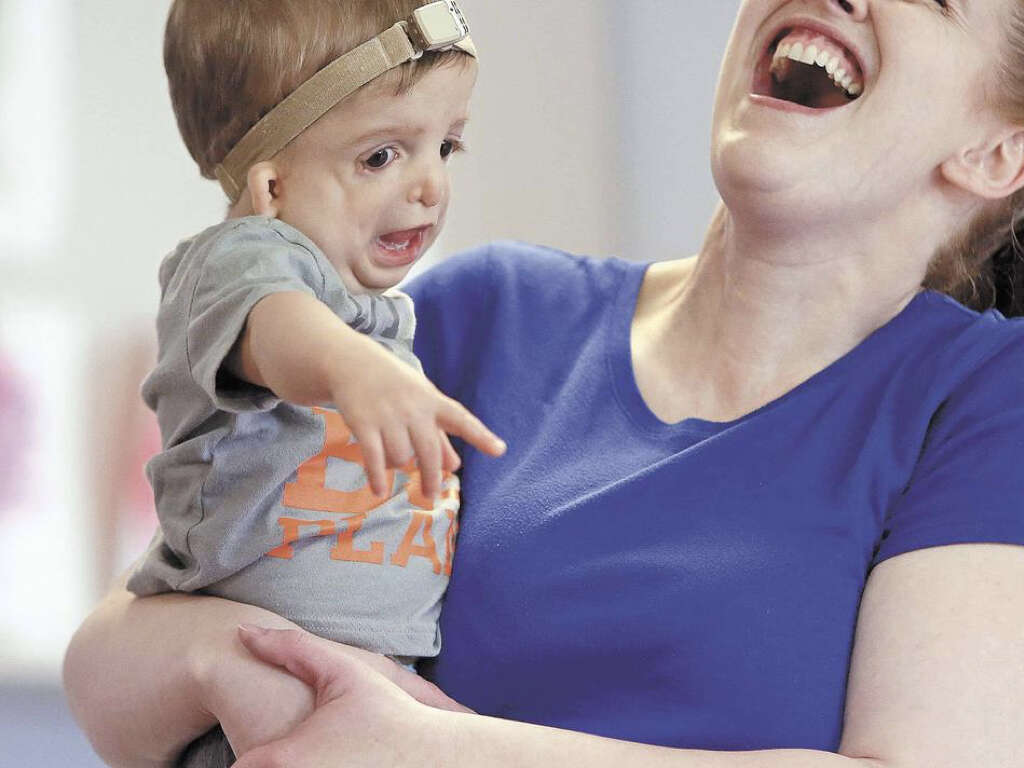What Is DiGeorge Syndrome?
Advertisement
10. Posture and Joint Problems
While externally we tend to have very different shapes, we look pretty much identical on the inside of our bodies. Our skeletons usually grow in very much the same way proportionately, although some are clearly larger or smaller than others. This is not the case for patients with DiGeorge syndrome, however. Specific problems that people are likely to experience include scoliosis, which means a spine that is curved in an unusual manner. Patients with DiGeorge syndrome are also likely to experience pain in the legs that keeps on returning. Rheumatoid arthritis is also a common condition in people with DiGeorge syndrome.
Advertisement

Advertisement








